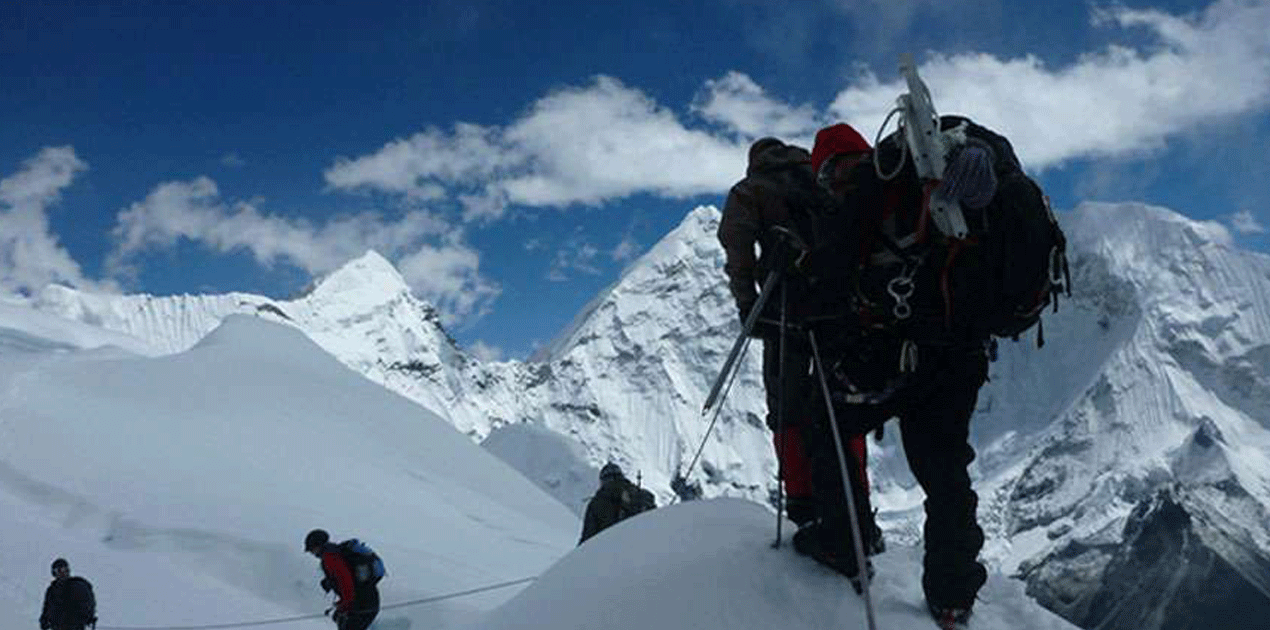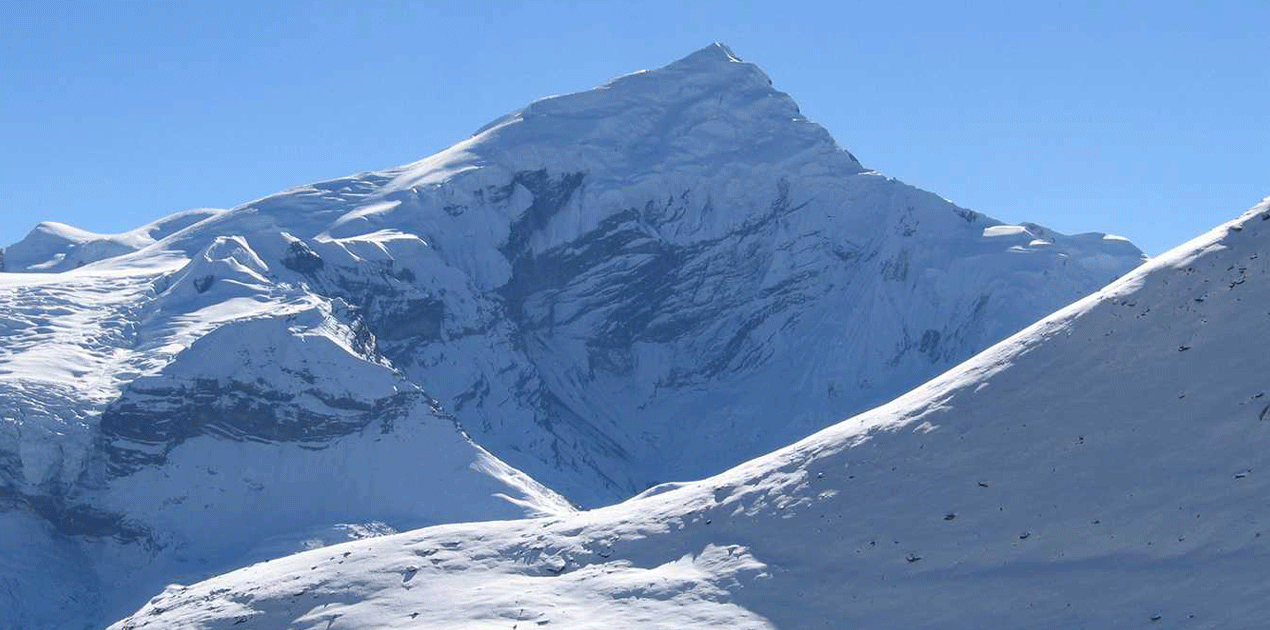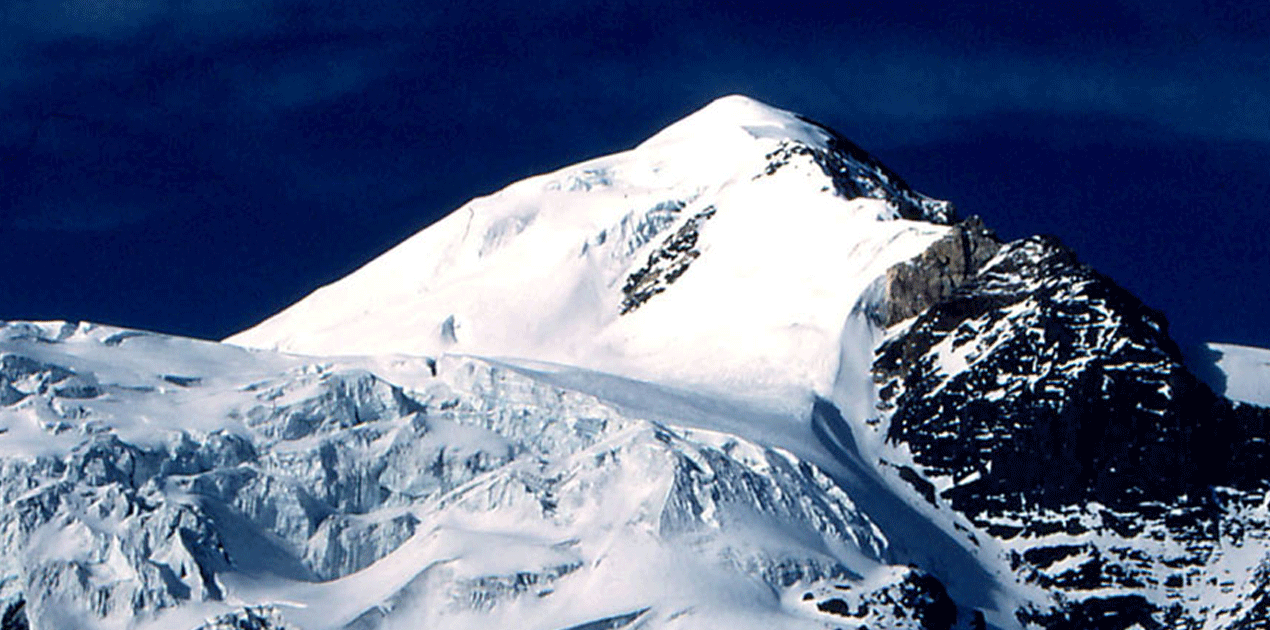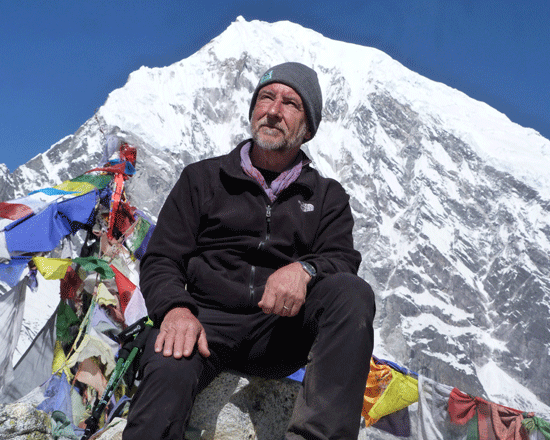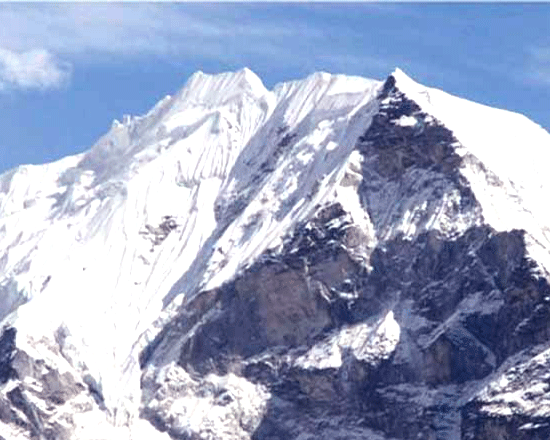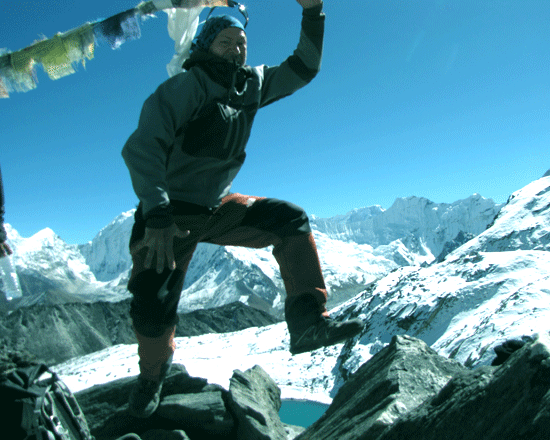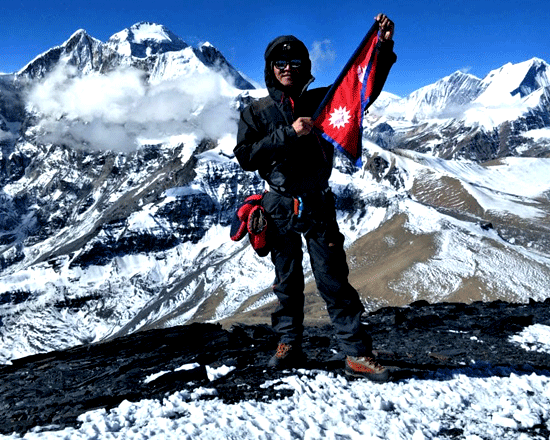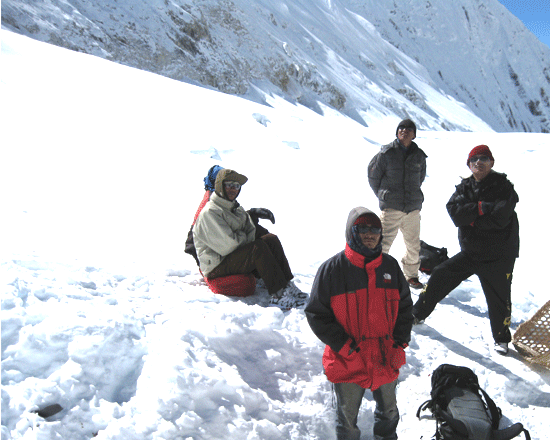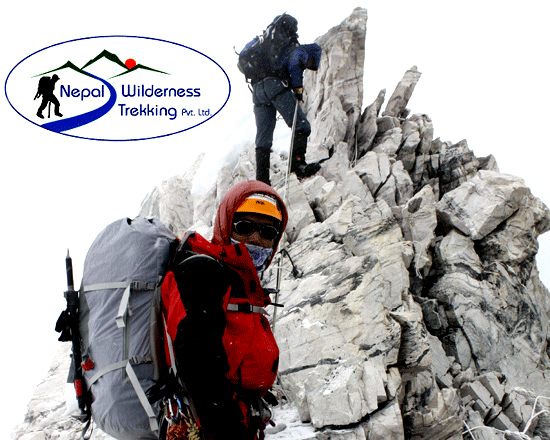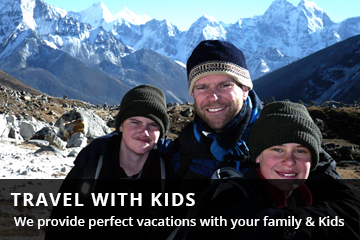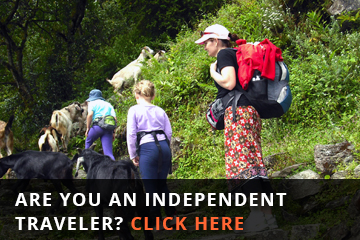Chulu West Peak
Chulu West Peak
Peak Climbing In NepalTrip Facts
This is challenging and technical Trekking, climbing of Nepal, you most have to physically fit and mentally prepare, off the beaten trails, camping or challenging high passes Treks, at this level can he arranged for periods of 18 to 32 days. Typically, a gradual ascent through a green river valley will lead you up to a number of high passes, where you will reach the altitude of 5416m. Often times, you will get a close insight into the Tibetan culture. Participants should expect to trek above 5416m/17872ft. or climbing 6540m.
100%
Overview
Chulu West Peak Climbing 17-Day Package Itinerary
Chulu West Peak climbing presents an exhilarating challenge along the towering peaks of the Annapurna region in Nepal. Situated at 6,419 meters (21,059 feet), Chulu West attract adventurers with its rugged terrain and panoramic vistas, promising an unforgettable mountaineering experience.
Preparation and Planning
Chulu West Peak climbing demands meticulous preparation and planning. It begins with obtaining necessary permits from the authorities in Kathmandu and ensuring adequate travel arrangements to reach the starting point of the trek, typically in Besisahar. Trekkers often embark on a multi-day journey through diverse landscapes, passing through quaint villages like Pisang and Manang, where acclimatization stops are crucial for adjusting to the increasing altitude and preparing for the ascent.
Acclimatization and Route Selection
As climbers progress towards Chulu West Base Camp at approximately 4,900 meters (16,076 feet), they traverse challenging terrain including rocky paths and moraine fields. The itinerary strategically builds acclimatization days to minimize the risk of altitude sickness and optimize physical readiness for the climbing peak. These stops also allow for cultural immersion, interacting with local communities such as the Gurung and Thakali people, who inhabit the region and offer insights into their traditional way of life.
Technical Challenges and Climbing Strategy
Ascending Chulu West Peak requires a blend of technical climbing skills and physical endurance. The route to the summit involves navigating steep ice and snow slopes, often involves the use of crampons, ice axes, and ropes for safety. Weather conditions can vary dramatically, from clear skies offering breathtaking views of neighboring peaks like Annapurna II and III to sudden snowstorms that require climbers to exercise caution and adapt their strategy accordingly.
Summit Day Experience
The culmination of the climb begins with an alpine start before dawn, as climbers embark on the final push towards the summit ridge. The ascent is demanding yet rewarding, with each step bringing closer to the spectacular panorama of the Himalayan range unfolding beneath. Upon reaching the summit of Chulu West Peak, climbers experience a sense of accomplishment and behold awe-inspiring views stretching across the vast expanse of the Annapurna Conservation Area.
Safety and Considerations
Safety is paramount throughout the Chulu West Peak climbing expedition. Hiring an experienced guide familiar with the terrain and weather patterns is essential, as is carrying adequate supplies of food, water, and emergency equipment. Maintaining communication with base camps and adhering to established protocols for high-altitude mountaineering ensures a secure and successful journey.
Cultural and Environmental Impact
Climbing Chulu West Peak is not only a physical challenge but also an opportunity to engage responsibly with the local environment and culture. The Annapurna Conservation Area, a UNESCO World Heritage site, is home to diverse flora and fauna, including rare species like the Himalayan tahr and blue sheep. Respecting the natural surroundings and cultural traditions of the indigenous communities contributes to the sustainability of tourism in the region.
Climbing Peaks in the Annapurna Circuit
The Annapurna Circuit offers trekkers the opportunity to explore various peaks, including Chulu West, Chulu Far East, and Pisang Peak. These climbing peaks add an adventurous dimension to the trek, providing climbers with challenging yet rewarding experiences. Chulu Far East, known for its technical climb, offers stunning panoramic views, while Pisang Peak is popular for its relatively straightforward ascent, making it ideal for novice climbers. These peaks, situated in the heart of the Annapurna region, enhance the trekking experience with their unique landscapes and thrilling climbing routes, making the Annapurna Circuit a premier destination for trekking and mountaineering enthusiasts.
Conclusion
Chulu West Peak climbing epitomizes the spirit of adventure and exploration in the Himalayas. From the initial planning stages to the exhilaration of standing atop the summit, every aspect of the journey leaves an indelible mark on those who undertake it. Whether you’re a seasoned mountaineer seeking a new challenge or an avid trekker drawn to Nepal’s majestic landscapes, Chulu West Peak offers an unmatched experience. This adventure transcends mere physical achievement; it fosters personal growth and cultural immersion.
In conclusion, climbing Chulu West Peak is not just about conquering a mountain. Rather, it’s about forging a deep connection with nature, embracing challenges with determination, and discovering the profound beauty of the Himalayas.
Climbing Chulu Peak equipment
Chulu West Peak’s height is 6,419 meters and Climbing Chulu West Peak requires proper mountaineering equipment to ensure a safe and successful climb. Here is a list of essential equipment that climbers will need:
Mountaineering boots: Sturdy and warm boots with good ankle support are essential for the climb.
Crampons: Crampons are metal spikes that attach to the bottom of boots to provide traction on snow and ice.
Ice Axe: An ice axe is used for balance, support, and self-arrest in the event of a fall.
Climbing Harness: A harness is used to attach the climber to a rope, providing safety and support on steep terrain.
Climbing helmet: A helmet protects the head from falling rocks and ice.
Rope: Climbing rope is essential for safety and support on steep terrain.
Carabiners: Carabiners are used to attach equipment to the harness and rope.
Ascenders and Descenders: Ascenders are used to climb up the rope, while descenders are used to rappel down.
Mountaineering clothing: Warm and waterproof clothing, including base layers, mid-layers, and outer layers, are essential for the climb.
Backpack: A backpack is needed to carry all the equipment and supplies required for the climb.
Sunglasses and Sunscreen: The high altitude can increase the risk of sunburn and snow blindness, so it is essential to protect the eyes and skin from the sun.
Climbers should ensure that all equipment is in good condition and properly fitted before beginning the climb.
Chulu West peak itinerary is subject to change depending on weather conditions, group size, and individual fitness levels. Please consult your guide or a Nepal wilderness trekking mountaineering agency for a customized itinerary that fits your specific needs and preferences.
Cost of Climbing Chulu West Peak
The cost of climbing Chulu West Peak can vary depending on several factors such as the season, the services included in the package (like guides, porters, equipment, permits), and the chosen route. Additionally, on average, the price is influenced by the local agency organizing the expedition. For example, Nepal Wilderness Trekking lists a range of $2,500 to $3,500 per person on their website for a fully guided expedition, which varies based on group size. Specifically, this fee covers permits, accommodation, meals, and other logistical support.
In addition, different local agencies may offer varying levels of service and support, affecting the price. While some might offer budget-friendly options, others could provide more comprehensive packages with additional amenities. For instance, larger groups often benefit from reduced per-person costs due to shared resources and logistics.
Therefore, when planning your expedition, it’s crucial to compare packages from different agencies, consider what each includes, and assess how these align with your needs and preferences. This careful consideration will help you choose the most suitable and cost-effective option for your Chulu West Peak climbing adventure.
Note
If you’re looking for a more technical and higher-altitude climb, Pachermo Peak Climbing is the more challenging option. However, if you prefer a slightly easier and less crowded experience, Ramdung Peak climbing might be a better choice. Additionally, all peaks require a good level of fitness, basic mountaineering skills, and proper acclimatization to ensure a safe and enjoyable climb. Moreover, once this journey is sucessful one can also hold the more challenging expedition like Manaslu expedition or Daulagiri expedition to lead or presserved the priceless journey for lifetime.
Detail Itinerary
- Day 01: Drive from Kathmandu to Besishahar, then to Chame (2670m) overnight at Tea house
- Day 02: Trek from Chame to Pisang (3200m) overnight at Tea house
- Day 03: Trek from Pisang to Ngawal (3660m) overnight at Tea house
- Day 04: Trek from Manang Manang (3540m) overnight at Tea house
- Day 05: Rest day in Manang for acclimatization overnight at Tea house
- Day 06: Trek to Letdar Phedi (4,130m), overnight at Tea house
- Day 07: Trek to Chulu West Base Camp (4,900m), Overnight in Camp
- Day 08: Trek up to Camp I (5,100m), Overnight in Camp
- Day 09: Climb up to Camp II (5,530m), Overnight in Camp
- Day 10: Summit Day (6,419m), back to Camp I, Overnight in Camp
- Day 11: Contingency Day, Overnight in Camp
- Day 12: Trek to Letdar (4,200m), overnight at Tea house
- Day 13: Trek to Thorang High Camp (4,880m), overnight at Tea house
- Day 14: Cross Thorong La Pass (5416m) and trek to Muktinath (3800m) overnight at a Tea house
- Day 15: Trek from Muktinath to Jomsom (2710m) overnight at Tea house
- Day 16: Fly from Jomsom to Pokhara and transfer to the hotel overnight at Tea house
- Day 17: Drive from Pokhara to Kathmandu
Cost Included
- Bus from Kathmandu to Besisahar
- Sharing a jeep from Besisahara to Chame
- During the trek, you will be provided with three meals a day (breakfast, lunch, and dinner).
- Tea house and tent accommodations for climbing
- Every evening following dinner, fresh fruits are served.
- ACAP entry permit and Trekker's Information Management System (TIMS) permit are all necessary papers.
- Fees for peak climbing permits and other necessary items.
- From Pokhara, there is a tourist bus to Kathmandu.
- The flight from Jomsom to Pokhara
- A highly experienced, helpful, knowledgeable, friendly, English speaking, well trained, government license holder trekking guide and climbing Sherpa, with all salary, food, drinks, accommodation, transport, and insurance included.
- Porters with strong, helpful personalities and proper equipment (1 porter equals two people). As well as his salary, food, drinks, accommodation, and insurance.
- An emergency helicopter service can be arranged (paid for by your travel insurance company).
- Sleeping bags, down jackets, and walking poles must be returned at the end of the trip.
- Taxes and expenses incurred by the government.
- A one-night stay at a hotel in Pokhara with breakfast is included.
- Group sizes of four or more require the assistance of an assistant guide.
Cost Excluded
- Accommodations and Meals whilst you are in Kathmandu.
- Meals in Pokhara.
- Nepal entry visa fee $50 USD for 30 days visa on arrival.
- Your Travel and medical insurance( Recommended)
- International airfare.
- Your personal expenses.
- Alcoholic and non alcoholic cold and hot drinks on trek (i.e. those you choose to purchase along the way and during evenings in the Tea Houses)
- Desserts Sweet things like chocolate, cake, pie, pudding.
- Battery charging and hot shower on the tea houses.
- Personal climbing equipment
- Tips for the guide, porter and driver (Tipping is expected).
- Excess baggage more than 15kg for Jomsom flight.
| Trip Dates | Trip Price | Confirmed Pax | Trip Status | |
|---|---|---|---|---|
| July 28, 2024 | US$ 3000 | Join a Group | Book Now | |
| August 5, 2024 | US$ 3000 | Join a Group | Book Now | |
| August 10, 2024 | US$ 3000 | Join a Group | Book Now | |
| August 15, 2024 | US$ 3000 | Join a Group | Book Now | |
| August 20, 2024 | US$ 3000 | Join a Group | Book Now | |
| August 25, 2024 | US$ 3000 | Join a Group | Book Now | |
| August 30, 2024 | US$ 3000 | Join a Group | Book Now |

